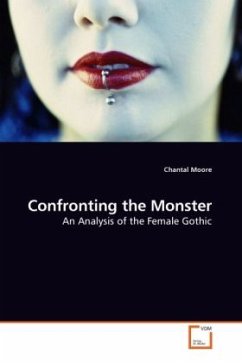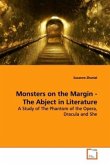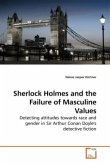The female Gothic emerged, some argue, around the eighteenth century. It is a genre uniquely written by women and reflective of their sociopolitical realities. As in traditional Gothic literature, fear drives the plot and is a defining element. But in the female Gothic, the heroine's fear is of self-expression: creativity, intelligence, sexuality these are seen as monstrous. Even more frightening is that these traits cannot be suppressed; they eventually re-emerge, threatening both the heroine and the patriarchal order around her. Women had to be the Angel-in-the-House, a term popularized by Coventry Patmore in the nineteenth century. However, as this book examines, in more recent Gothic fiction writen by women, heroines embrace self-expression to undermine patriarchy. They are no longer deemed as monstrous or deviant if they step outside of women s traditional roles yet there is still gain to be made. This book will appeal to anyone with an interest in Gothic fiction, women writers, art, and feminist theory.
Bitte wählen Sie Ihr Anliegen aus.
Rechnungen
Retourenschein anfordern
Bestellstatus
Storno








